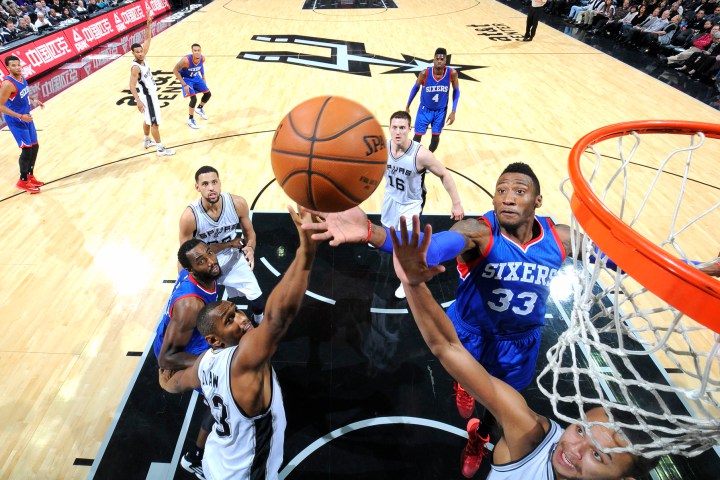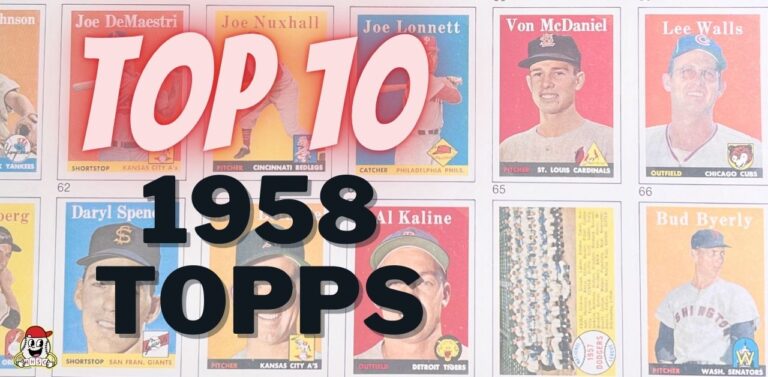I wrote an article two days ago about research that I did on statistics that have the highest correlation to overall value for Fantasy Basketball. In that article I was able to conclude that minutes played and, to a lesser extent, turnovers have the highest correlation with overall value, and I came up with a …
January Minute Risers: Players That Have Seen The Biggest Increase in Playing Time

I wrote an article two days ago about research that I did on statistics that have the highest correlation to overall value for Fantasy Basketball.
In that article I was able to conclude that minutes played and, to a lesser extent, turnovers have the highest correlation with overall value, and I came up with a linear regression based off of turnovers and minutes played which came up with an expected player rater value (xPR/GM).
While xPR/GM may not be more than another fun statistic to look at, because it fails to account for players that have been injured and/or have taken a on new role within their team and lack the overall minutes, the main takeaway from the article is that minutes played is the secondary statistic (i.e. not a statistic that contributes directly to one of the eight categories) that correlates the most with Fantasy Basketball value, at least for roto leagues.
Taken further, minutes played has the highest correlation with overall Fantasy value, but if we only look at total minutes played, that doesn’t allow us as Fantasy Basketball owners to make trades or pick ups based on recent trends when some players have played more games than others.
For that reason, minutes per game is a better indicator for changes in playing time and potential value.
Below is a list of all players and the differences that they’ve seen so far this month in their minutes played compared to the rest of the season:
[table id=87 /]
This list provides some real gems.
Like we discussed in our previous article, if player’s production increases over a small period of time, but he still receives the same amount minutes as he did throughout the earlier part of the season, you can most likely write off the increased production as noise and expect a regression to the mean. If you see a player’s numbers improve, his minutes increase, and you have reason to believe that his minutes will continue at the recent elevated level, this is more of a signal and player you should want.
Some players are at the top of this list, like James Young and Cleanthony Early, because they saw limited minutes at the beginning of the year, and their minutes have increased drastically in the last month. But, their minutes per game are still limited; Young is still only playing 17 minutes a game. These aren’t the players that you want. As an arbitrary benchmark that I unscientifically pulled out of my head, and to generalize, a player with around 25 minutes per game is a player that you want on your roster for 12 team leagues; a player with around 30 minutes per game is the minimum for smaller leagues; again, these are oversimplifications, and there are always exceptions.
Here: I’ll make another chart that filters out players that haven’t averaged over 25 minutes per game in January. This gives us a more useful list. The first chart is still helpful if you want to look at players that have lost the most playing time, fall below the 25 minute filter, and would not be seen on this next graph; those are the players that you don’t want on your roster.
[table id=88 /]
Players to Pickup Immediately
Robert Covington
[youtube http://www.youtube.com/watch?v=_66YHBiskL4?rel=0]
I’d be surprised if he’s still available in your league, but for some reason he’s only owned in 35.3% of ESPN leagues. Covington has become a minutes monster for the 76ers, and he’s 12th in the NBA in three pointers per game.
Shabazz Muhammad
[youtube http://www.youtube.com/watch?v=L_vJRmZKiT4?rel=0]
Like Covington, might be another piece of low hanging fruit that other owners in your league haven’t taken advantage of yet. Since November 21st, when Kevin Martin broke his wrist, Muhammad has scored 16.1 points per game—51st in the league—which is more than Joe Johnson and almost as much as Derek Rose—17.1 points per game.
Numbers from this article do not include the two games from last night.
 Devin Jordan is obsessed with statistical analysis, non-fiction literature, and electronic music. If you enjoyed reading him, follow him on Twitter
Devin Jordan is obsessed with statistical analysis, non-fiction literature, and electronic music. If you enjoyed reading him, follow him on Twitter









Comments
Pete
This is excellent! A great use of statistics with great explanations, some actionable info, and I can use the stats with other players I own. Thanks!